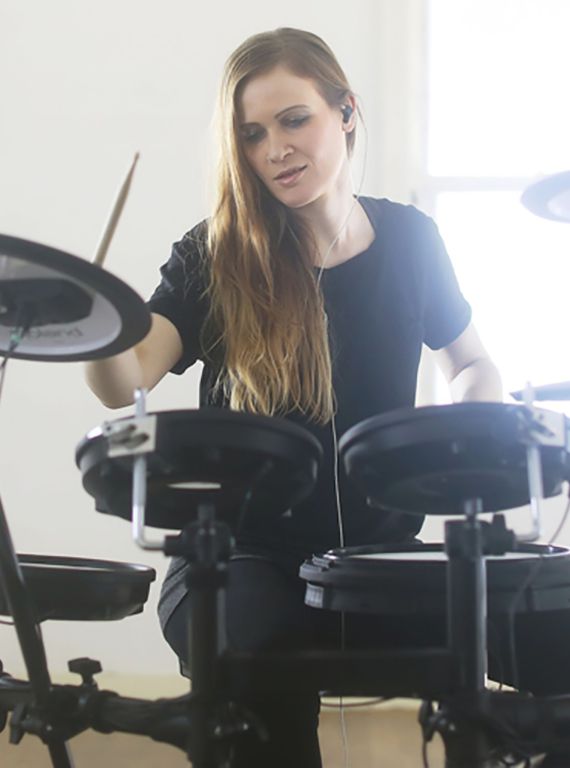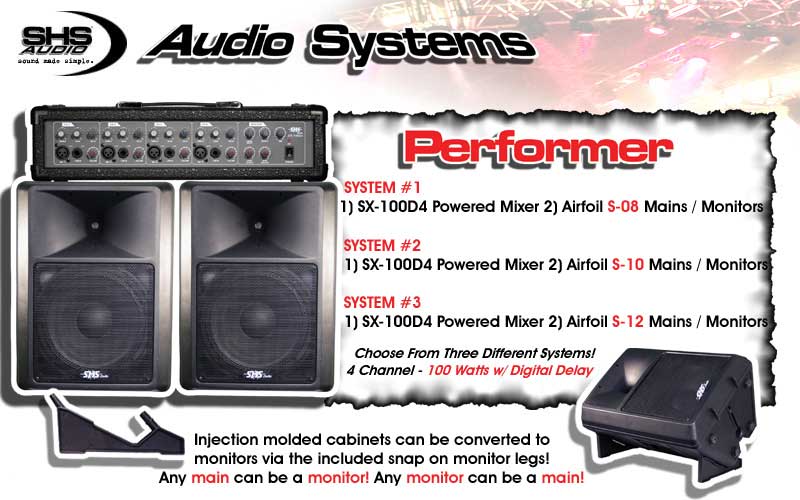
EQ is standard on pretty much every console, but compression, gate, reverb, and delay might not be, especially with smaller venues or PA rental situations. If you need certain effects on the console, write them either on your input list next to which channel the effects belong on, or in your frontline description as a general requirement. This is more likely to be the case for venues that don’t usually have band performances and are renting a PA especially for your performance. A sub might be very important for your sound, and not every PA has one. This should include general specs such as two-way speakers, wattage, how many monitors you’ll need on stage, and whether you require a subwoofer. Make sure your tech rider clearly states your expectation from the PA, monitors, and console. Some venues have specs of their backline and frontline on their website, so you can always check that out first to save some back-and-forth. I would also recommend adding: "If the venue is unable to provide any of the equipment above, please contact so we can coordinate other arrangements." Better to know in advance than to be surprised at soundcheck three hours before a show.
#Electronics and live performer tv
The venue will supply: drum hardware (specify which kind), drum throne, carpet, one tube bass amp (Fender Bassman TV duo 350 watt or similar), one guitar amp (Fender Hot Tod or similar), three DIs, eight mic stands. The band will supply: drums, cymbals, two guitars, bass, one guitar amp, keyboards with interface, two DIs, one dynamic vocal microphone. This should be in the form of two lists so that the soundman has an easy-to-scan checklist. A summary of which instruments and backline you are carrying, and which you expect to be supplied by the venueīe specific – include the main pieces of gear, but also less obvious things such as: mic stands, a drum throne, hardware, cymbals, a rug, amps, DIs, microphone types, etc. For example, under your keyboard player you might write "2 XLR -> DI -> board" as well as any particulars such as, "our vocalist sings through a mono effects pedal -> DI -> board." This should give the soundman a clear picture of how many people are in the band, which instrument each person plays, and how many lines/inputs will be on the stage feeding the console. Below each bullet, include a sub-bullet that states how many and what type of inputs each requires, otherwise known as an input list. This should be a bulleted list with names of the band members and their instruments. This gives the soundman context and a good starting point for setting up lines to the stage.

How many people in the band, what instrument each person plays, and whether they sing

Here are 7 things you should include in your tech rider: 1. Other benefits of having a good tech rider are that it allows you to think through every aspect of your stage setup, and you'll impress the venue with your professionalism. It also gives them an opportunity to let you know if they can’t accommodate any of your needs.
#Electronics and live performer how to
A tech rider is a one-page document that gives the venue and/or soundman an understanding of what your technical requirements are and how to set up the stage before you arrive. When preparing to play a show or go on tour, one of the things you should have locked and loaded is a tech rider.


 0 kommentar(er)
0 kommentar(er)
